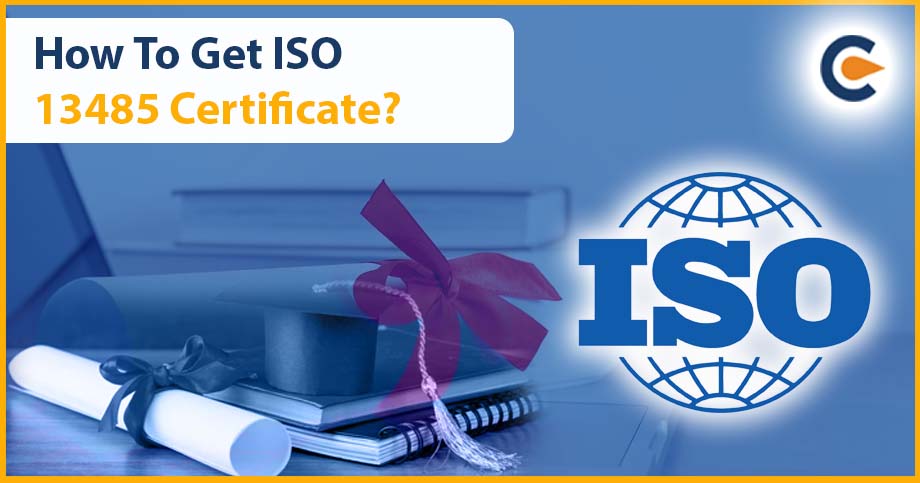Ideal standardization of processes, workflow, and management is a need for every organization. It’s because it keeps them sharp and competitive. However, such standardization is not easy to deploy and maintain. Standardization is common terminology used in the industrial sphere for performance amplification of internal processes. ISO has remained on the center stage of standardization for decades. ISO-International Standards of Organization provides a framework that has been implemented by millions of companies worldwide. Today, ISO standards have become the sole benchmark for improving efficacy, quality management systems, and product quality worldwide. Indulging in the ISO certification process is all about adopting a streamlined approach toward internal processes and quality management. Scroll down to check the ISO Certification process.
Note: ISO is not involved in any certification program. It merely develops standards like ISO 9001 and 14001 after doing extensive research on the concerned areas. ISO certification is granted by external bodies only. The ISO certification process attracts plenty of compliance-related requirements.
Why companies should adhere to ISO standards?
Although there is an assortment of reasons for being ISO[1] certified, here are some frontline benefits of securing the same:
- Adhering to ISO norms can lead to streamlined processes and operations
- ISO norms can let companies find potential shortcomings in their processes
- Scaling up of production volume becomes easier with ISO norms over time
- The quality management system will become more transparent and effective
- ISO standards lend the ability to drive meaningful insights from the processes
- Applying relevant ISO norms can improve the overall performance of a company.
List of Widely-Used ISO Standards
Here is the list of ISO standards that are widely used for their effectiveness:
ISO 9001
It is widely acknowledged as the “benchmark standard” for improving quality management systems.
ISO 14001
The set of standards inside ISO 14001 amplifies the environmental performance of an organization.
ISO 45001
Norms and guidelines under ISO 45001 mitigate the health-related risk associated with the workplace.
ISO 27001
For an IT firm, it is a daunting challenge to cope with ever-changing system-intrusion attempts. ISO 27001 can help with that.
ISO 22000
ISO 22000 renders an extensive outlook on how a food enterprise can leverage best practices to mitigate possible hazards to food safety.
ISO 31000
Risk assessment and control is a continual process for performance-concious companies. With ISO 31000, companies can put forth the best fight against the uncontrollable risks accountable for mediocre organizational performance.
ISO 13216
ISO 13216 entails standards that deal with the child’s safety in a car. The standard encourages the use of ISOFIX sit- A tailor-made chair that maximizes a child’s safety.
Step-by-Step ISO Certification process
Where to start and what to implement are two fundamental questions that strike every business owner while striving for standard adoption. ISO standards provide a clear-cut approach on how to identifying the weaker areas and streamline the internal processes for quality maximization. Implementing ISO standards is not a straightforward approach. One has to undergo an extensive process before aligning the entire management with the ISO standards. Here’s what the ISO certification process looks like.
1. Underpin an effective management system
To serve this purpose, first, you must pinpoint the core operations leveraged by your company. Once done, take an effort to pen down identified processes in apt documentation with the aid of your staff. The next phase will be the scrutinization, approval, and dispensation of these documents to concerned staff members requiring information for better task execution.
2. Deploy the system
In this step, you need to determine whether your employees are following documented procedures aptly or not. If any deviation occurs, it is safe to assume that your employees lack apt training. Thus, arrange a training program to patch that gap. Your next move in this phase will be more critical as you would be required to underpin an effective reporting system for the following;
- Testing
- Inspection
- Corrective actions
- Preventive actions
- Meeting of the members
- Tracking of objectives
- Statistical techniques
Strive to measure the effectiveness of your internal processes via utilizing meaningful data, where possible. Also, continually track and takes measures to amplify the effectiveness of the areas in question.
3. Check the system’s effectiveness
Arrange an audit and track the internal processes for compliance and performance. Visualize, talk to the employees and drill down the sample records. Also, pinpoint and report positives and shortcomings of the management system. Take corrective measures wherever required to streamline the overall process.
4. Register your system
Finally, look out for a recognized auditing institution for external certification. This will be followed by the submission of documented processes for review in line with the applicable standards.
Prepare for inspection to be conducted by a designated official. The said officials will vet the entire system for compliance and identify areas requiring improvement. If no error is found on the compliance part, the auditor shall vouch for the effectiveness of the management system deployed by the company.
Conclusion
The ISO certification process is an extensive approach toward performance amplification of internal processes. The correct deployment of ISO standards is a tedious and time-consuming errand. That is why most organizations reach a certified agency that helps them streamline their processes in line with ISO guidelines.
Read Our Article:Important Aspect of ISO Certification that Every Manufacturer Needs to Remember











